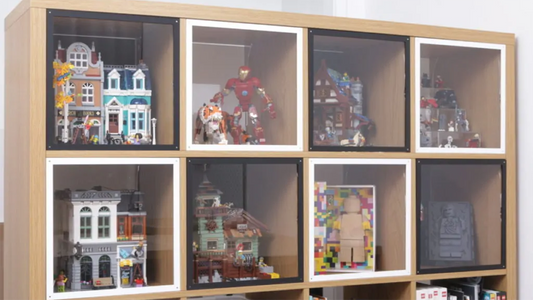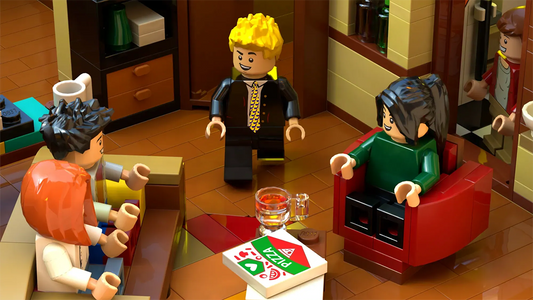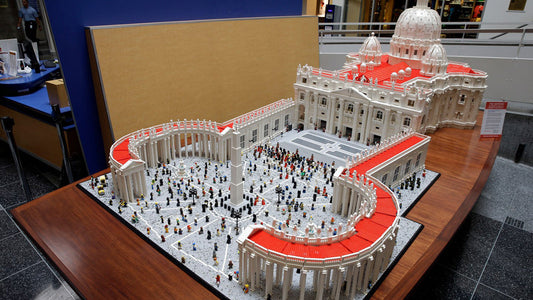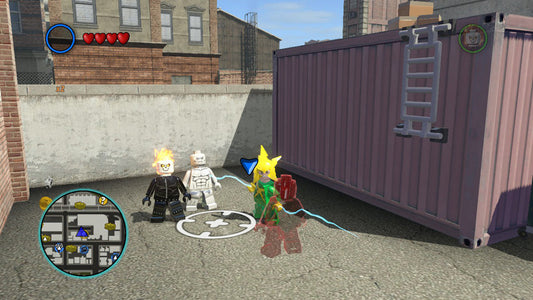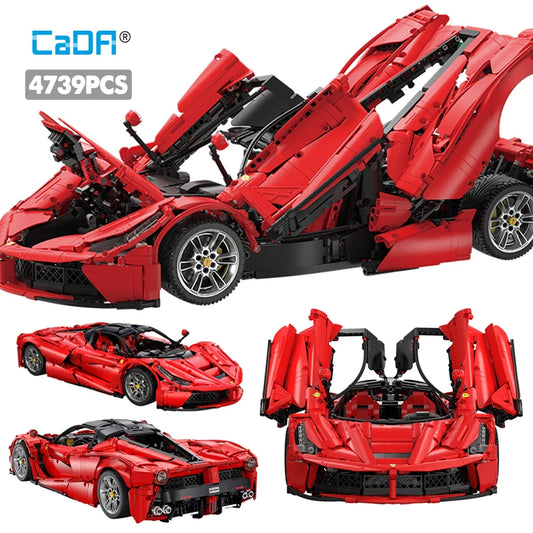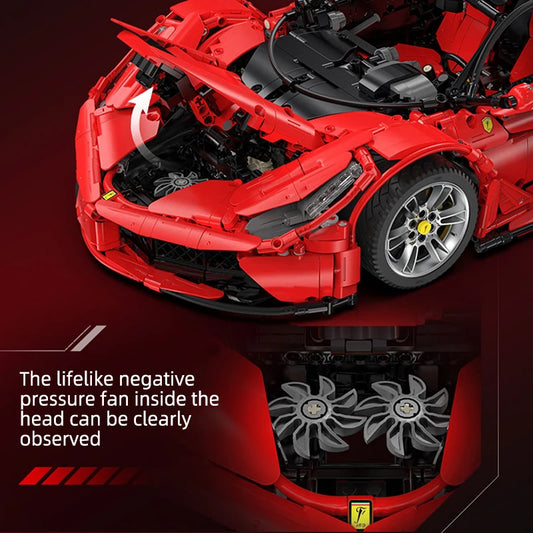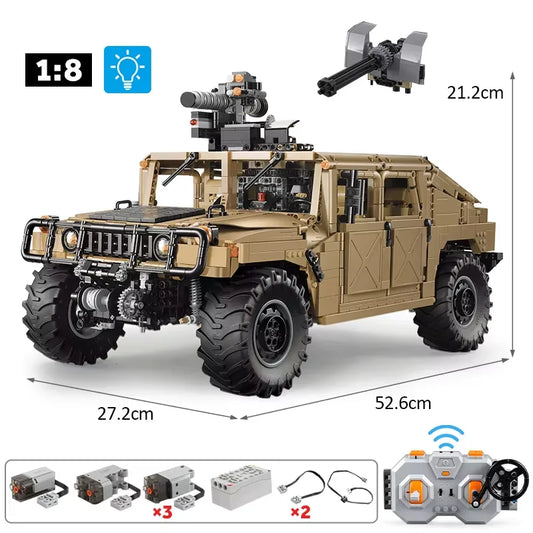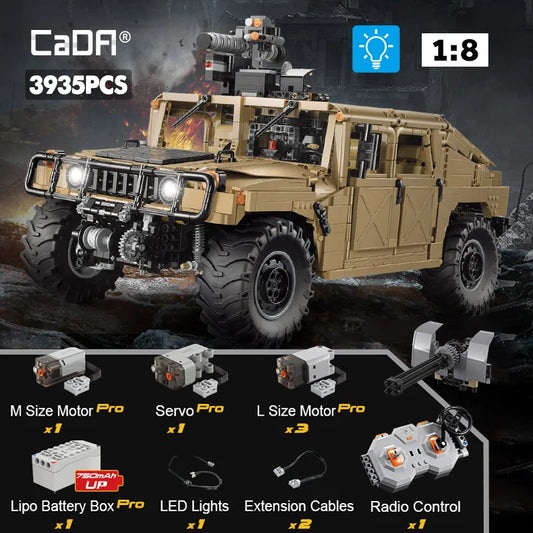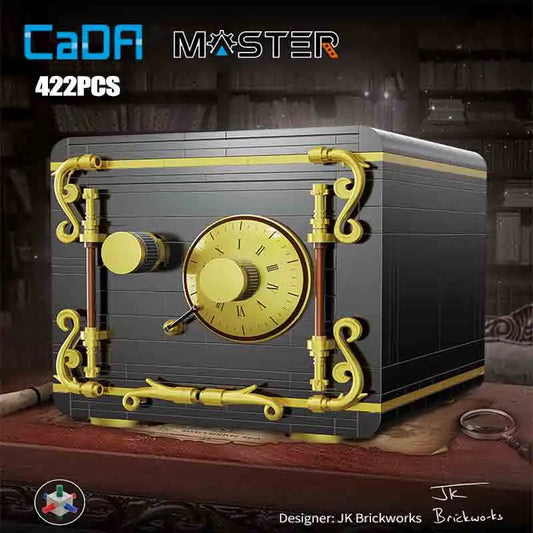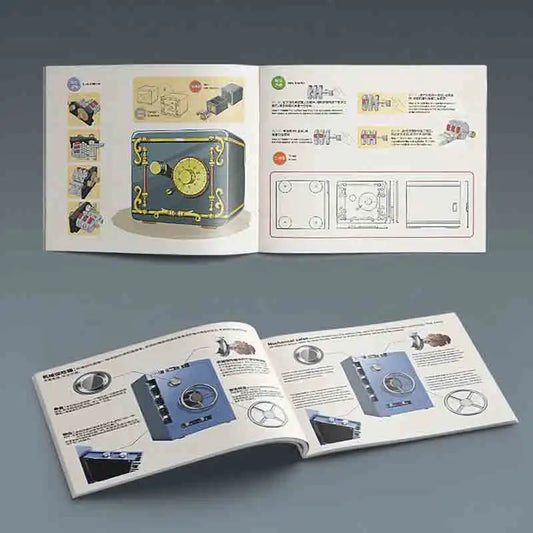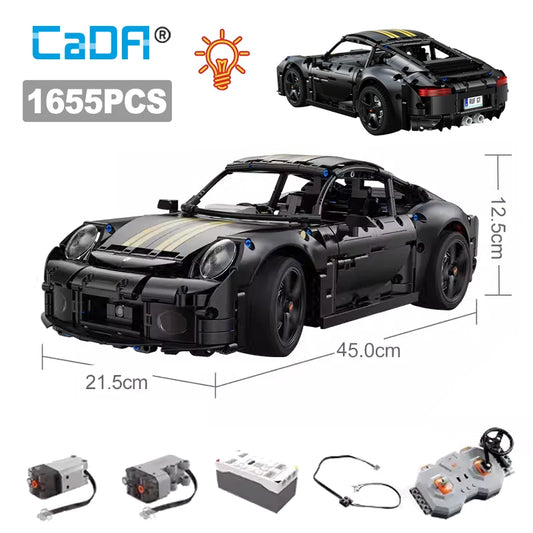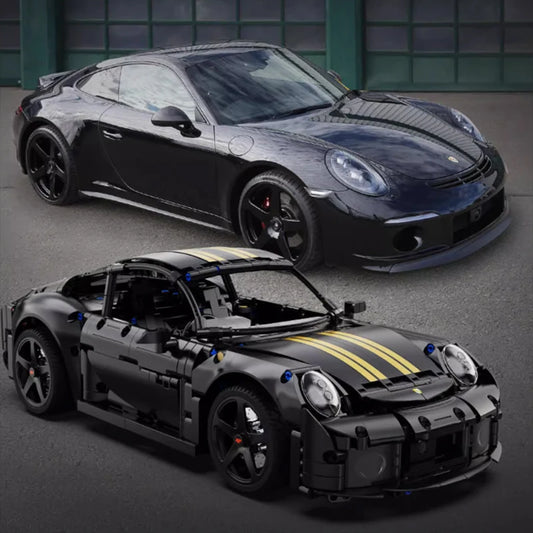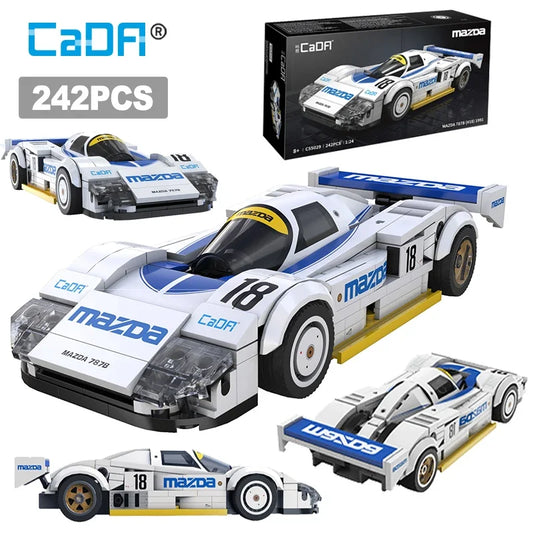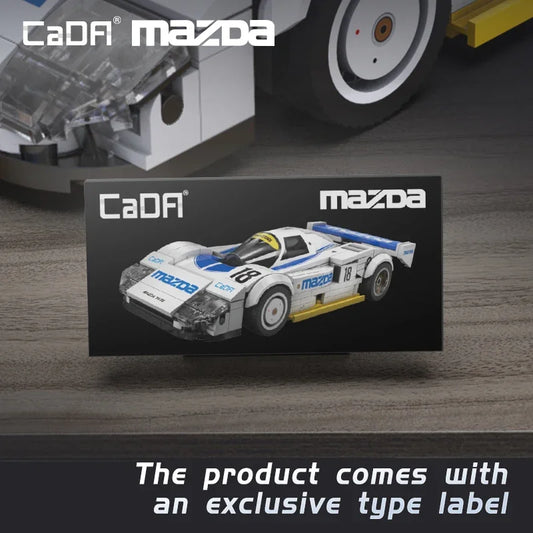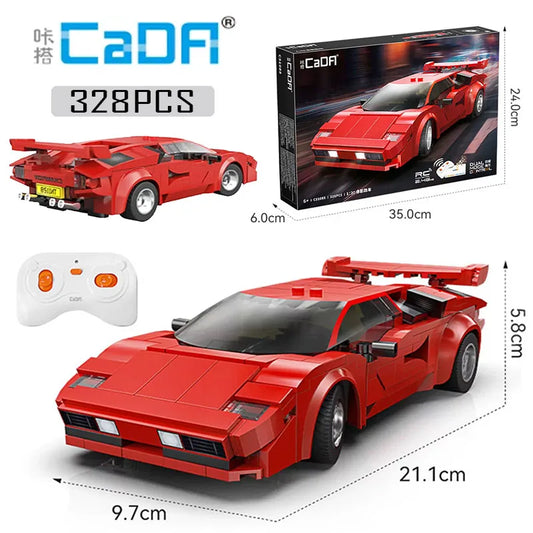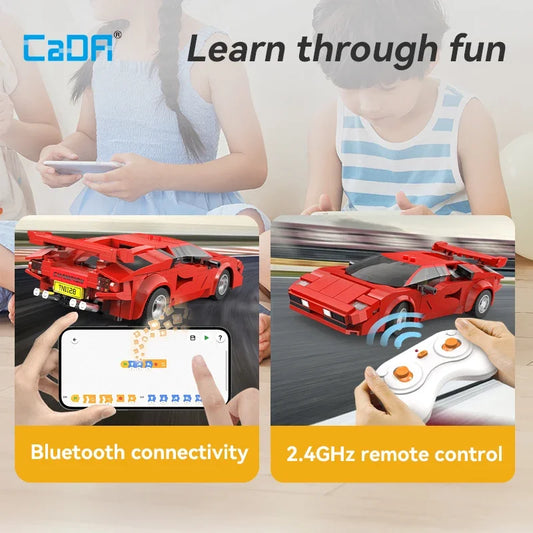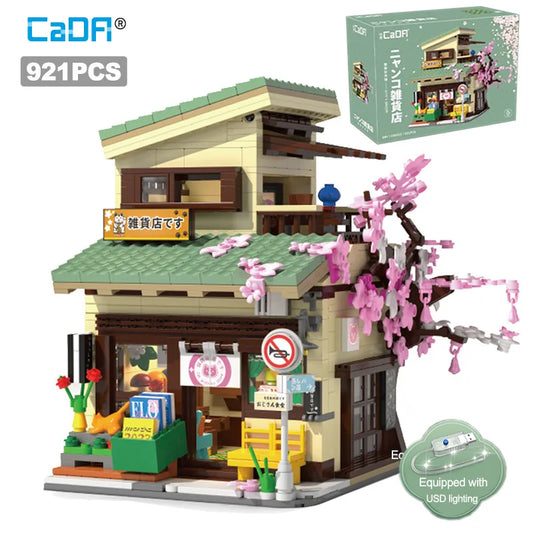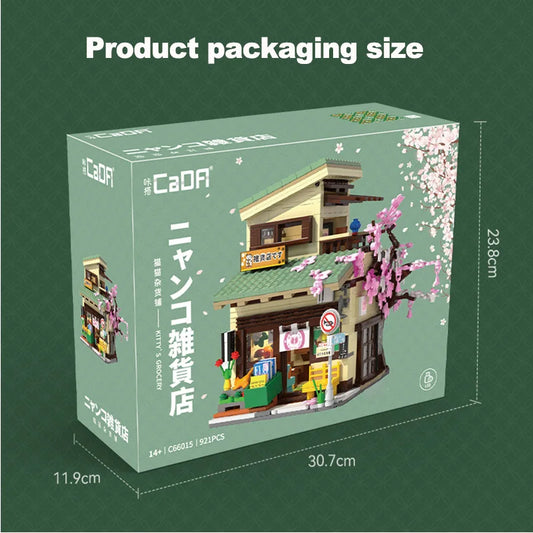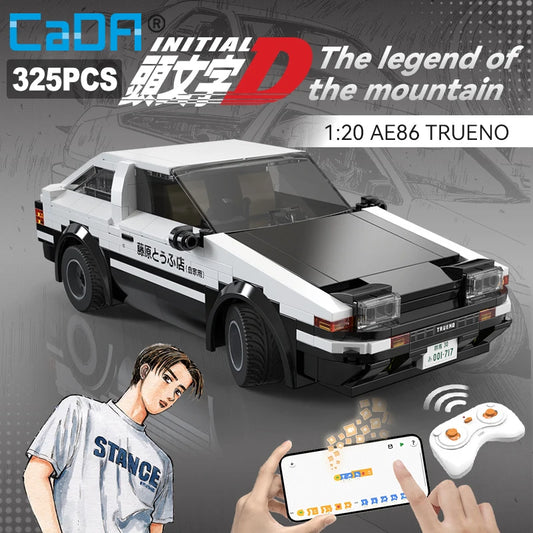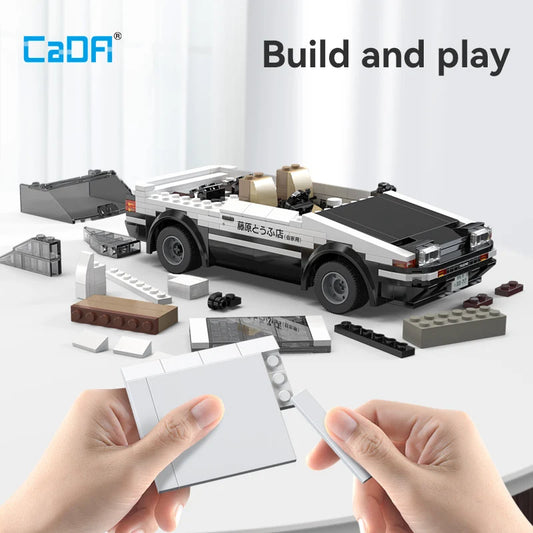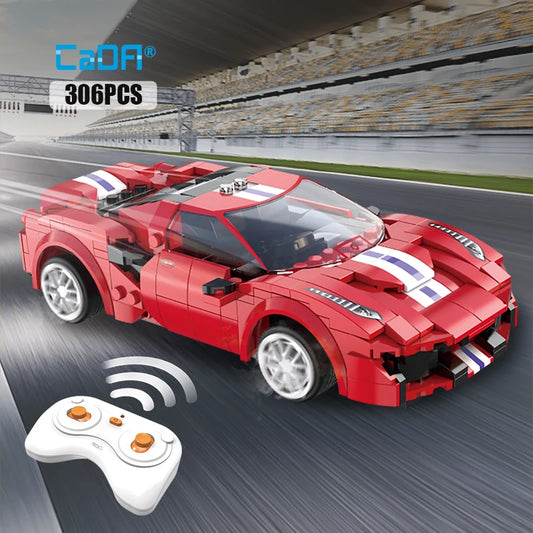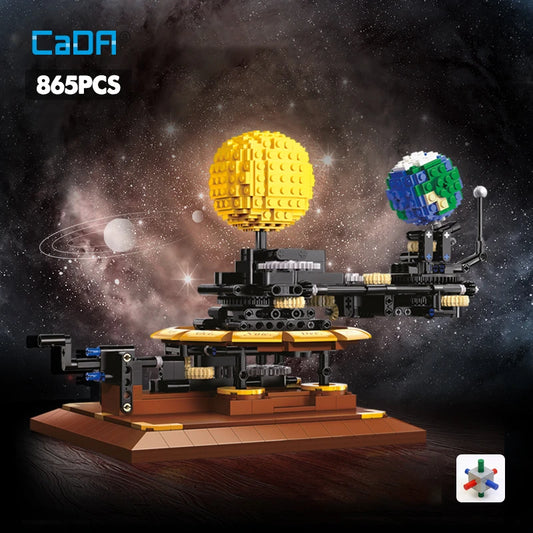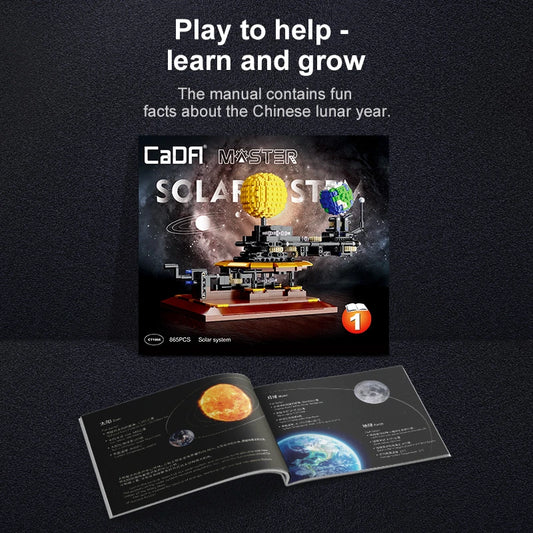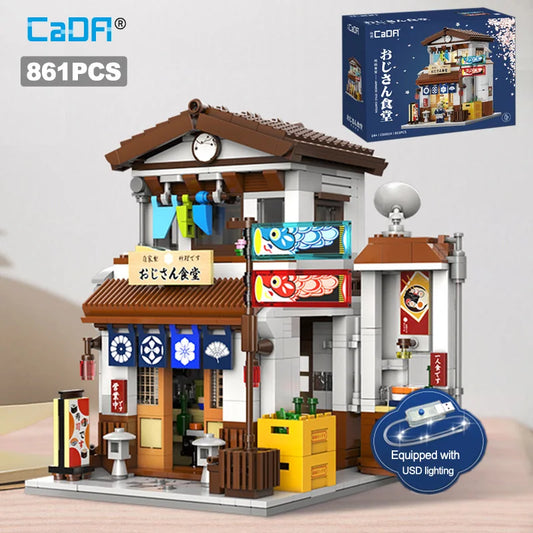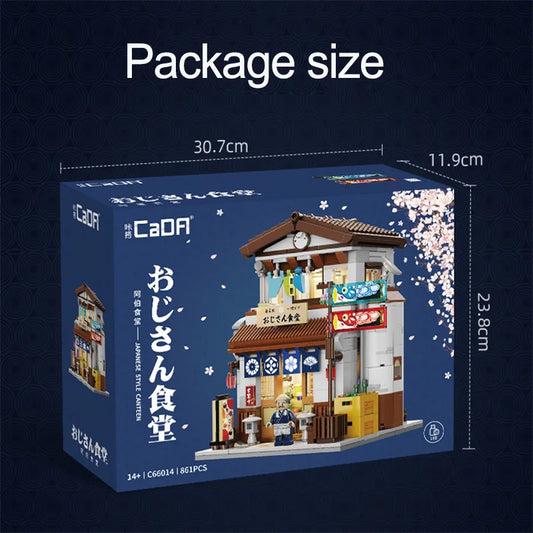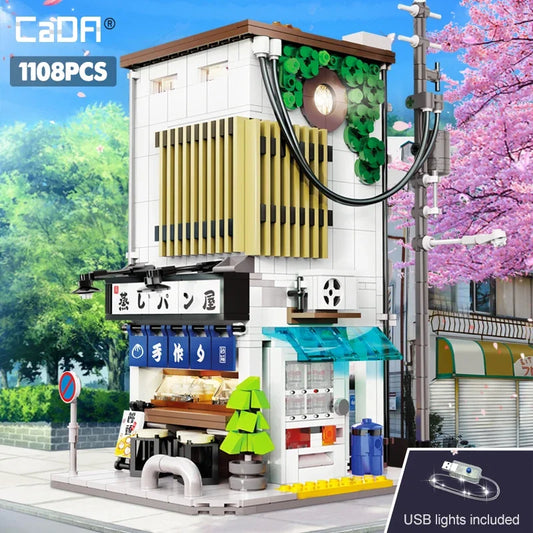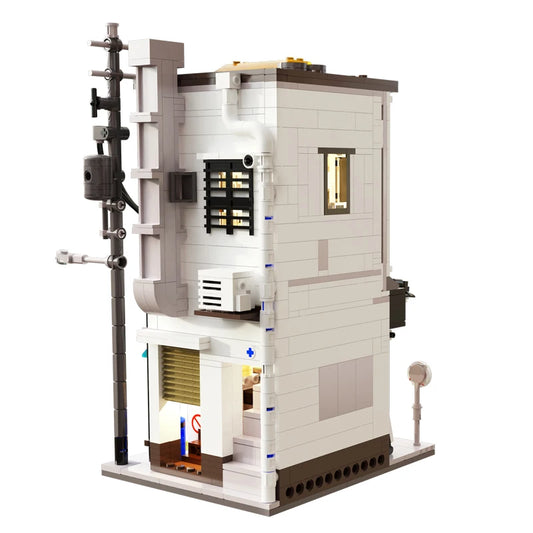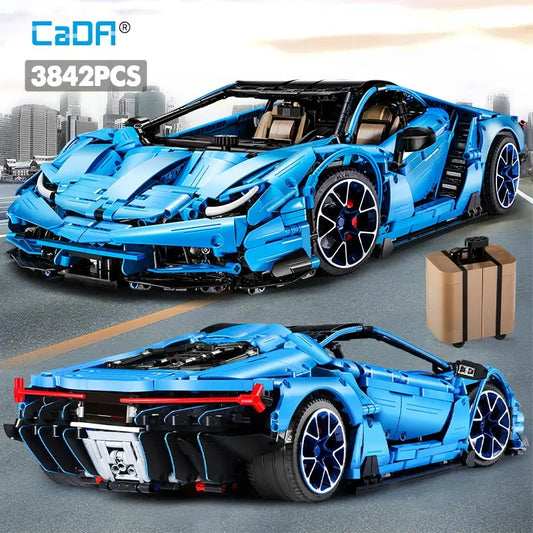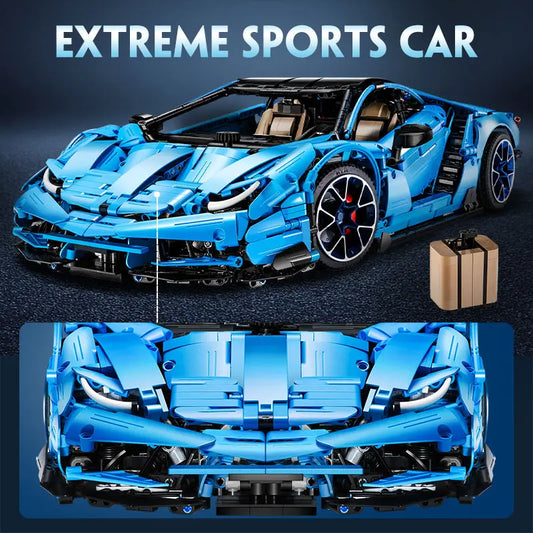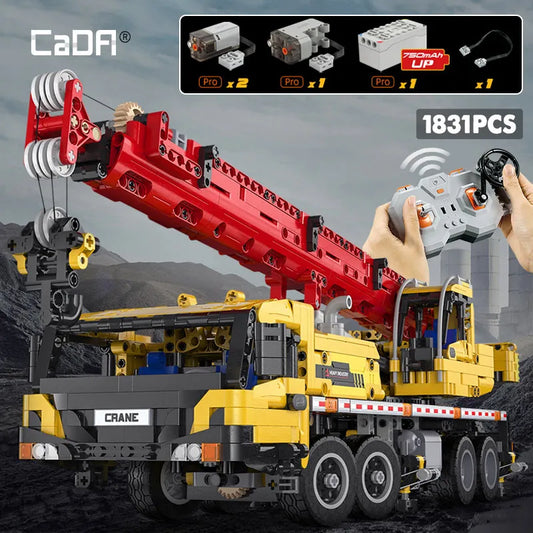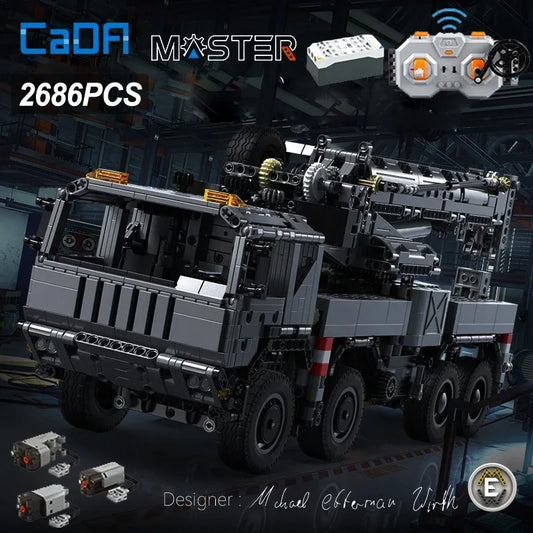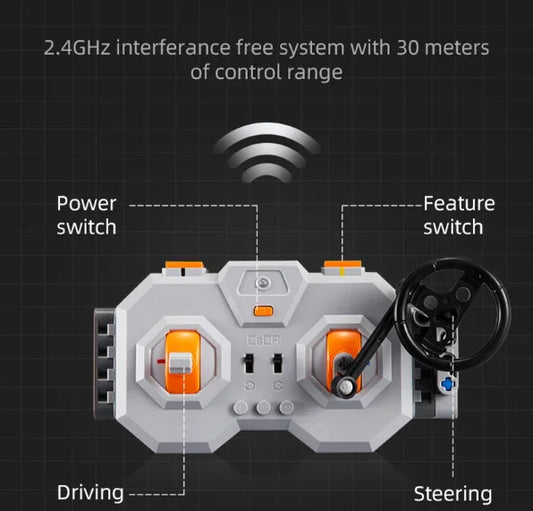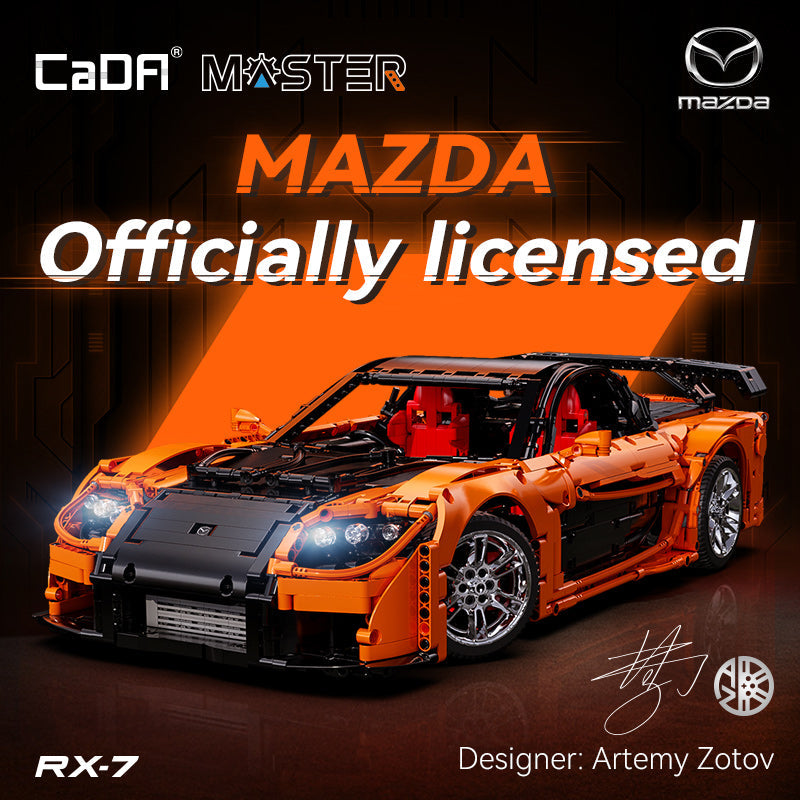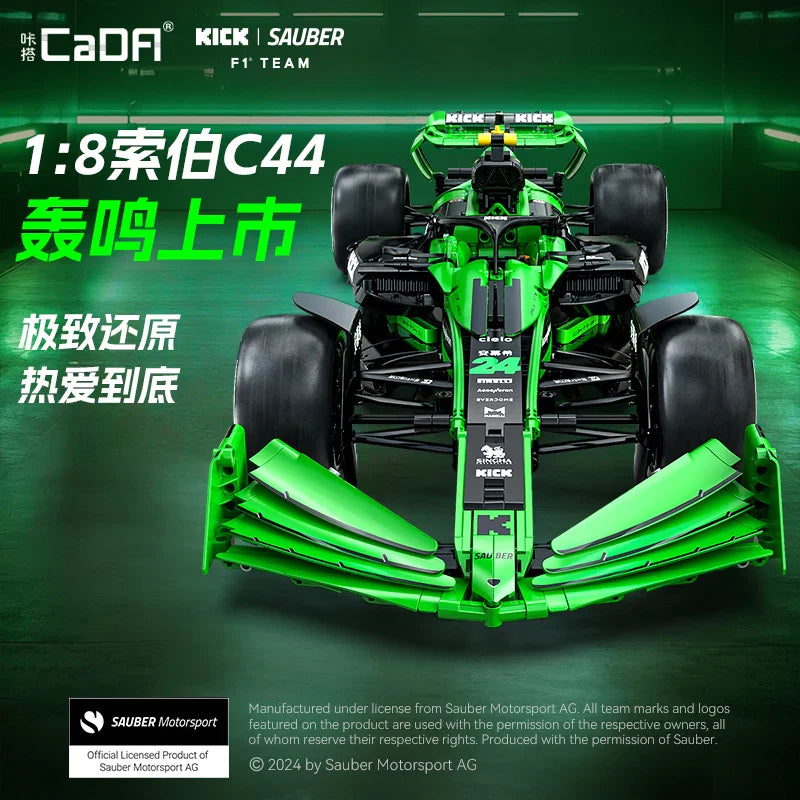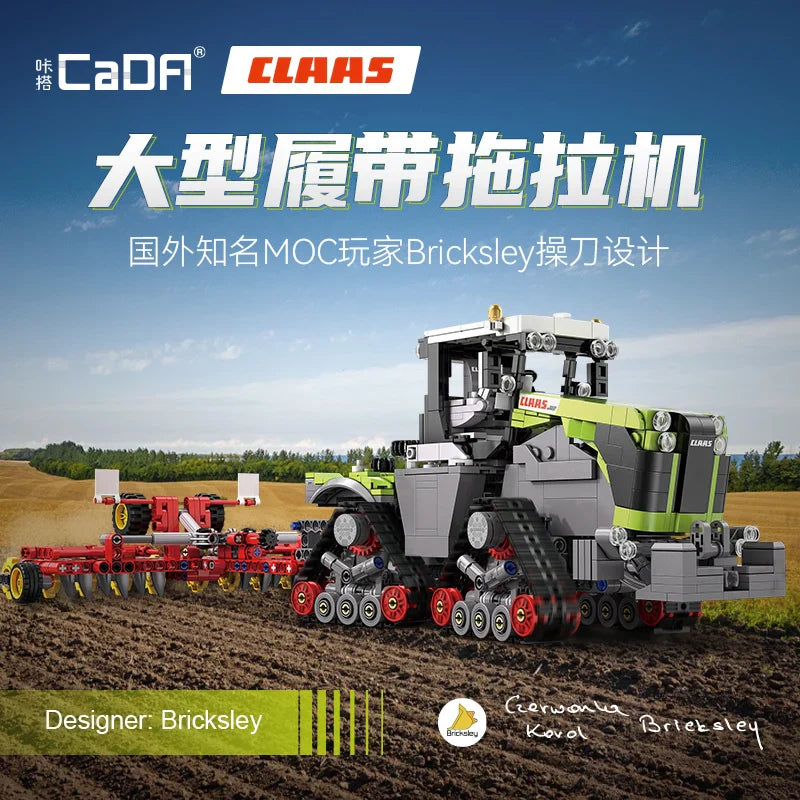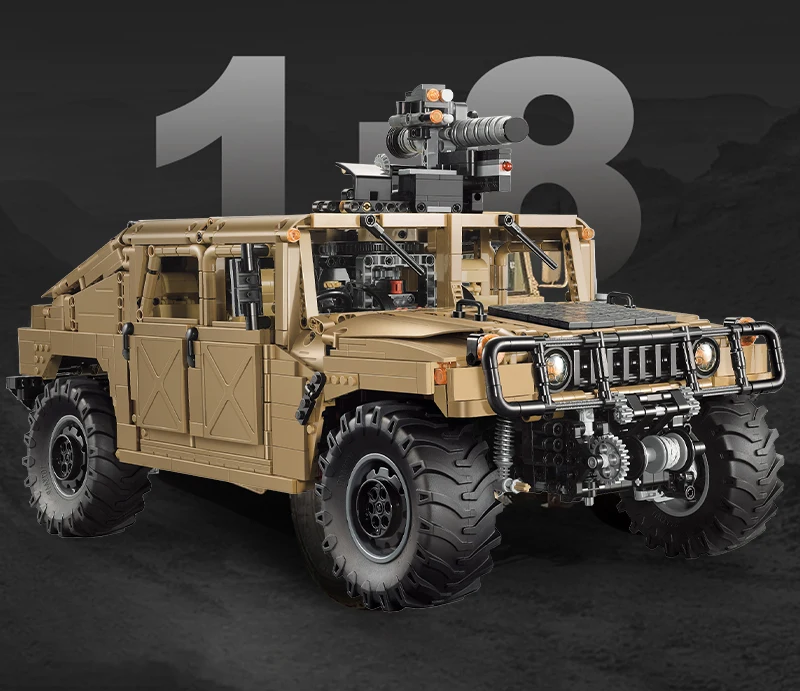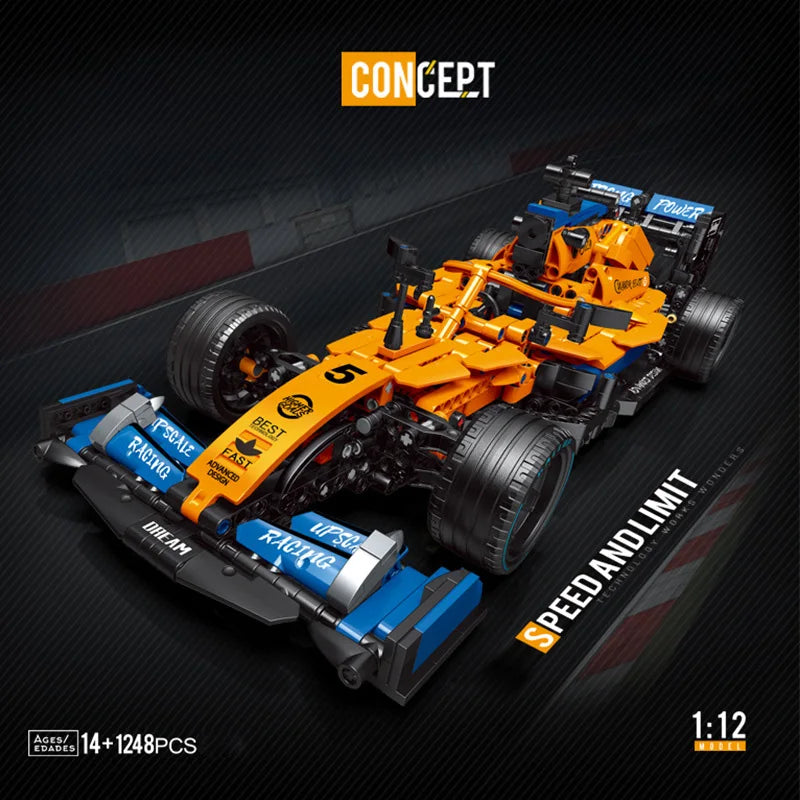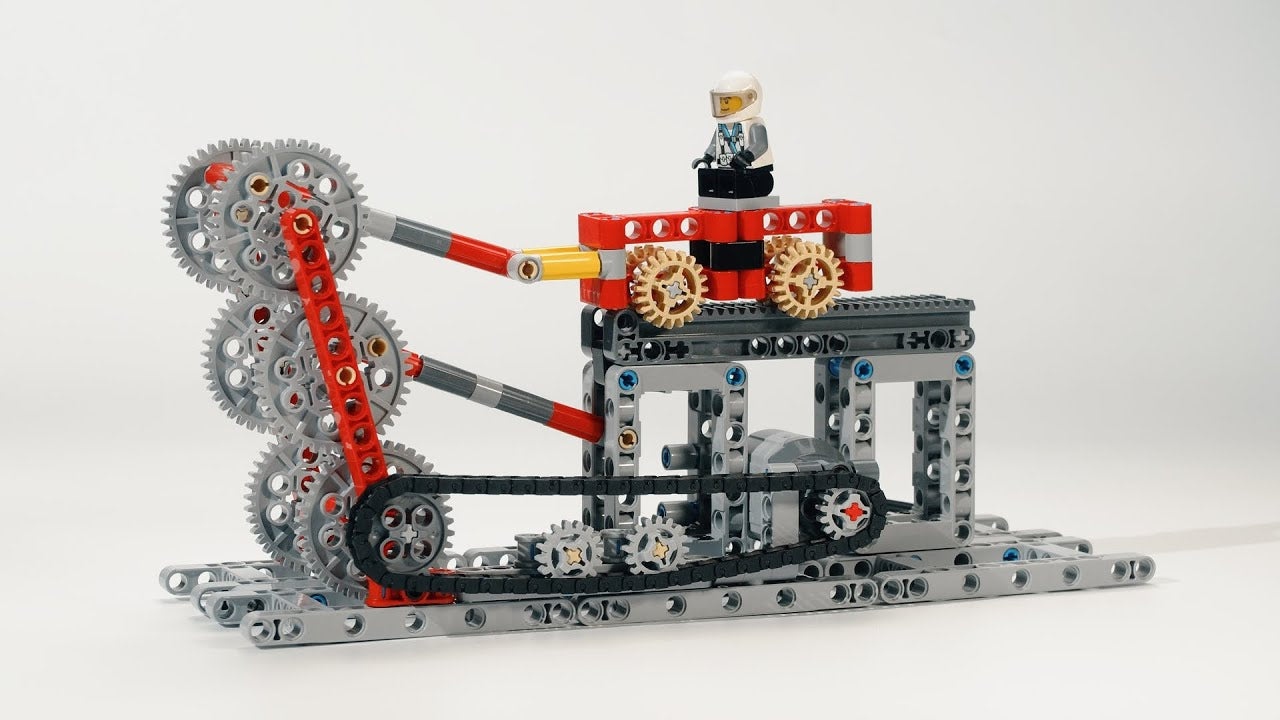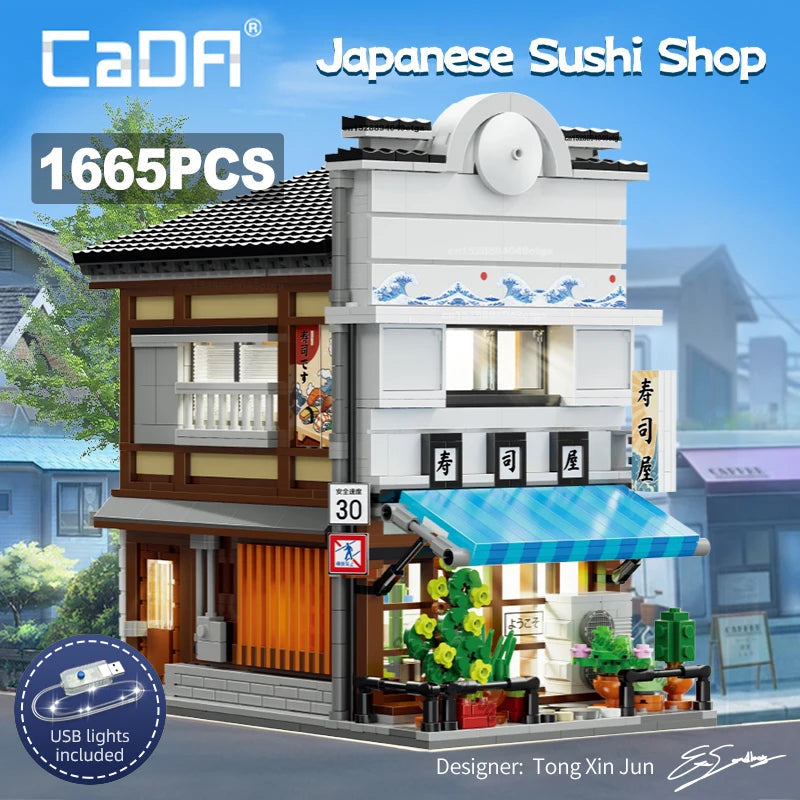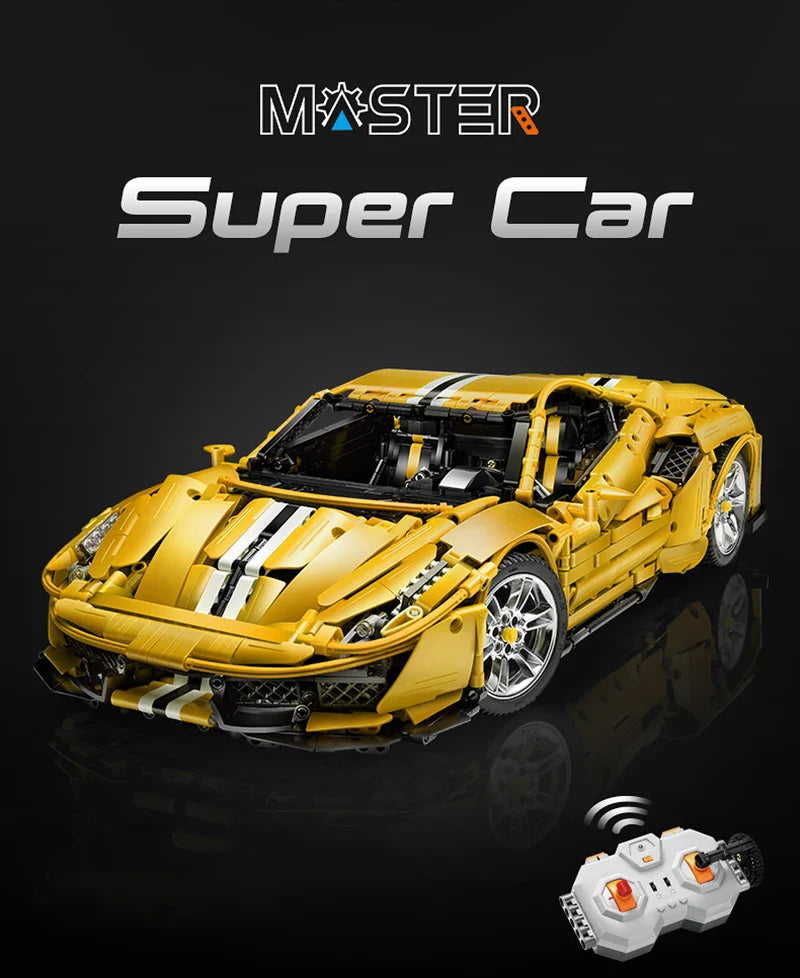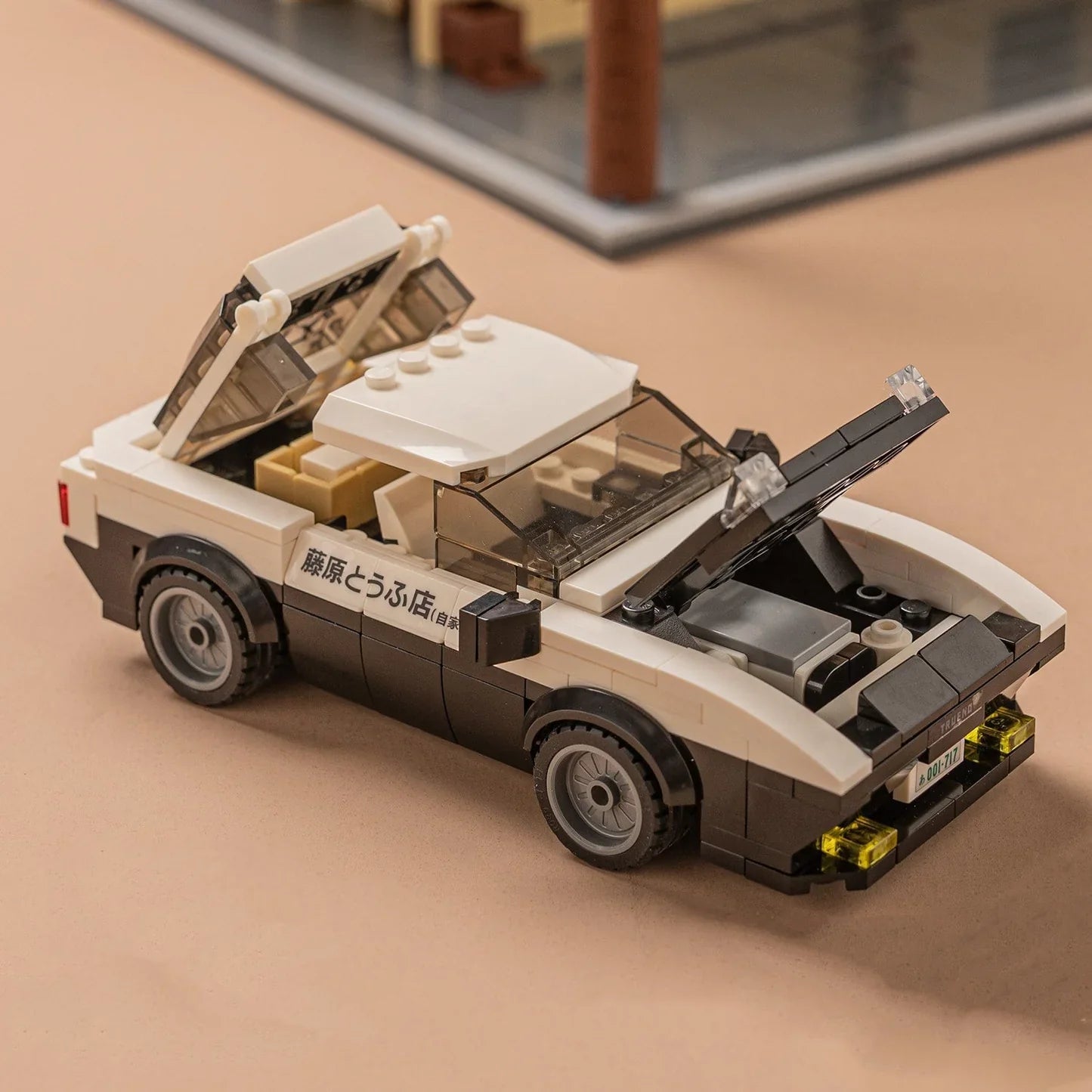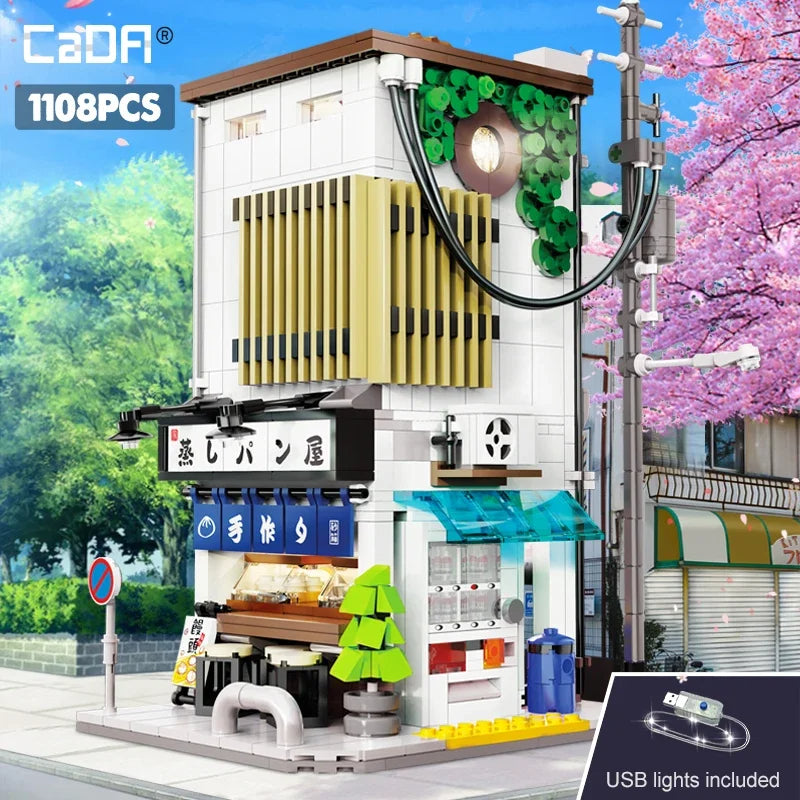How LEGO Sets Are Designed 2025
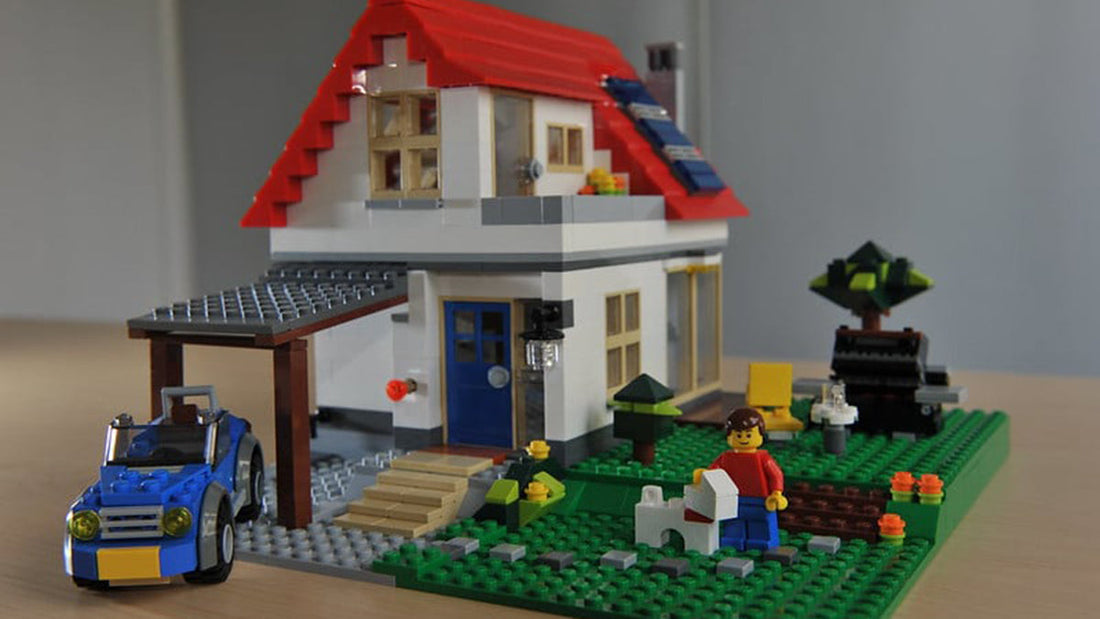
Share
Designing LEGO sets is a fascinating blend of creativity, engineering, and playfulness that brings imagination to life through interlocking bricks. As someone deeply intrigued by innovation and product design, I can confidently say that the process behind these iconic sets showcases a remarkable balance of artistic vision, technical precision, and rigorous testing. LEGO set design is not just about stacking bricks; it's an intricate, multi-step method that ensures every product delights builders of all ages, stands the test of play, and respects the heritage of quality and consistency that has defined LEGO for decades.
From the initial spark of an idea to the moment a set arrives on shelves worldwide, designers work meticulously to capture the essence of a theme while ensuring that each set is stable, playable, and aesthetically authentic. The process starts with exploring an exciting new concept or inspiration, often derived from popular culture, real-world architecture, or pure imagination. From there, the creative team sketches rough models, transitions to building physical prototypes using an extensive "library" of LEGO bricks, and iterates designs rigorously. Digital tools assist, but the tactile experience of building remains central since it’s essential to evaluate the stability and playability of sets in a real-world context.
Moreover, safety and durability are paramount. Completed models undergo intense testing, including exposure to heat, rough handling, and mechanical stress, to ensure they perform well in the hands of children worldwide. Throughout, collaborations between designers, engineers, marketing, and licensing partners like Disney ensure the final product integrates storytelling, quality, and brand fidelity.
In this article, I will take you through the comprehensive steps of the LEGO set design process, revealing how these beloved toys evolve from concepts to cherished masterpieces that inspire builders across generations.
CADA BRICKS® Best Sellers - SHOP NOW
The Genesis of an Idea: Starting with Inspiration and Concept
Every LEGO set begins with an idea—whether it’s a new theme or an addition to an existing series. Designers at the LEGO headquarters in Billund, Denmark, draw inspiration from a multitude of sources: movies, historical events, architecture, nature, and sometimes even trips to capture the essence of a locale or storyline. For instance, the Hidden Side theme was heavily influenced by a design team visit to New Orleans to soak in the city’s unique Southern architecture and atmosphere, which then influenced the sets’ aesthetic and elements.
Once an idea is chosen, the team discusses what sets within that theme should look like, factoring in size, price points, and target audience. This early brainstorming phase lays the foundation for what the future set needs to accomplish and who it’s meant to delight.
CADA BRICKS® Supercars - SHOP NOW
CADA BRICKS® Best Sellers | CADA BRICKS® Supercars & Racing Cars | CADA BRICKS® Trucks & Construction | CADA BRICKS® Military & Weapons | CADA BRICKS® Initial D
Sketching and Physical Prototyping: From Paper to Bricks
Unlike many toy designs that rely purely on digital modeling, LEGO designers heavily emphasize physical prototyping. The design process often begins with rough sketches on paper to determine the set’s basic function and size. However, these sketches serve merely as starting points.
Designers then move to “sketch with bricks” by building initial prototypes with actual LEGO components. This hands-on approach is crucial because physical models allow designers to evaluate scale, stability, and the overall feel of how a model holds together and plays. According to LEGO designer Jesús Gómez, models can start very rough—like a simple plate with a few bricks—but progressively get refined through many iterations.
LEGO’s in-house brick library, which houses every LEGO piece ever made, is a treasure trove that designers repeatedly draw from. This vast physical inventory supports creativity and ensures sets leverage available parts, with new pieces only designed when absolutely necessary to accomplish unique shapes or functions.
CADA BRICKS® City Landmarks - SHOP NOW
CADA BRICKS® Licensed Cars | CADA BRICKS® Classic Cars | CADA BRICKS® Motorcycles & Bikes | CADA BRICKS® Off-Road & 4x4 | CADA BRICKS® Emergency Vehicles
Research and Reference: Ensuring Authenticity and Accuracy
Before building a complex model, precise research is essential, especially when recreating cars, buildings, or iconic characters. Designers gather extensive references—photographs, blueprints, and dimensional data—sometimes directly from official sources or online. This research informs the dimensions, proportions, and details, anchoring the LEGO model in reality or a faithful adaptation of the licensed IP.
For example, when designing a scale model of a vehicle, designers calculate exact measurements and scale down real-world dimensions to create a lego version that not only looks accurate but also functions properly with the available bricks.
CADA BRICKS® Technic Sets - SHOP NOW
CADA BRICKS® Japanese Street | CADA BRICKS® City & Landmark | CADA BRICKS® Science & Educational | CADA BRICKS® Technic | CADA BRICKS® Modern Architecture
Construction and Iterative Refinement: Building the Model Brick by Brick
With research and sketches in hand, the designer begins the actual construction phase. This is the longest and most meticulous step. The challenge is to translate concepts into buildable models that are fun, structurally sound, and visually compelling.
Designers prioritize the toughest elements early in the process, ensuring that mechanisms like wheels, hinges, or moving parts work smoothly. Collaboration is common for large or complex sets, with multiple designers working together to perfect different segments.
Throughout construction, designers balance aesthetic appeal with structural integrity. LEGO bricks have precise engineering tolerances, but gravity, how children handle models, and stability during play cannot be perfectly simulated digitally. Thus, hands-on testing and revisions are continuous.
CADA BRICKS® Display & Collectibles - SHOP NOW
CADA BRICKS® Castle Building Blocks | CADA BRICKS® City Building | CADA BRICKS® Remote Control | CADA BRICKS® Display & Collectibles | CADA BRICKS® Anime & Pop Culture
Digital Modeling and Safety Testing: Merging Traditional Craft with Technology
Once the physical model reaches a satisfactory point, it’s scanned or recreated digitally to ensure the design is saved and can be mass-produced. This digital model enables engineers and safety teams to run tests impossible in the physical world alone.
Safety testing is rigorous—models are subjected to conditions such as heat exposure (to simulate being left in the sun), mechanical stress from robot testers, and drop tests. LEGO’s dedication to safety ensures that even tiny pieces meet strict global standards to protect young builders.
Licensing and Brand Approval: Respecting Intellectual Property
For licensed themes like Star Wars or Harry Potter, collaboration with the intellectual property (IP) holders ensures that designs represent characters, vehicles, and settings accurately and authentically. This process can involve multiple rounds of approvals, revisions, and feedback between LEGO designers and partner brands.
CADA BRICKS® Remote Control Sets - SHOP NOW
CADA BRICKS® Mechanical Engineering Building Blocks | CADA BRICKS® Kids Building Blocks | CADA BRICKS® Teens Building Blocks | CADA BRICKS® Adult Building Blocks
Finalization and Packaging: Bringing the Set to Market
After the design and testing phases, the final model is put through a final personal test by the designer who receives a boxed set to build one last time. This experiential review often uncovers last-minute fixes or clarifications needed in instructions.
Meanwhile, teams design the instruction manuals, packaging, and marketing materials. Instruction clarity is crucial for enjoyment and readability, often emphasizing step-by-step guidance that appeals to builders of varying skill levels.
Sets often include small extra pieces as backups to avoid missing parts, which reflects LEGO’s commitment to customer satisfaction.
Conclusion: The Art and Science Behind Every LEGO Set
Designing LEGO sets involves much more than stacking bricks—it is a highly iterative, deeply researched, and expertly crafted process that marries childhood wonder with engineering rigor. This ensures that every set is not only a faithful representation of its theme but also a robust, enjoyable, and safe product ready to inspire builders worldwide.
The next time you open a LEGO box, remember there are years of creativity, testing, and expertise behind those tiny bricks—proof that great design is indeed a labor of love and precision.









